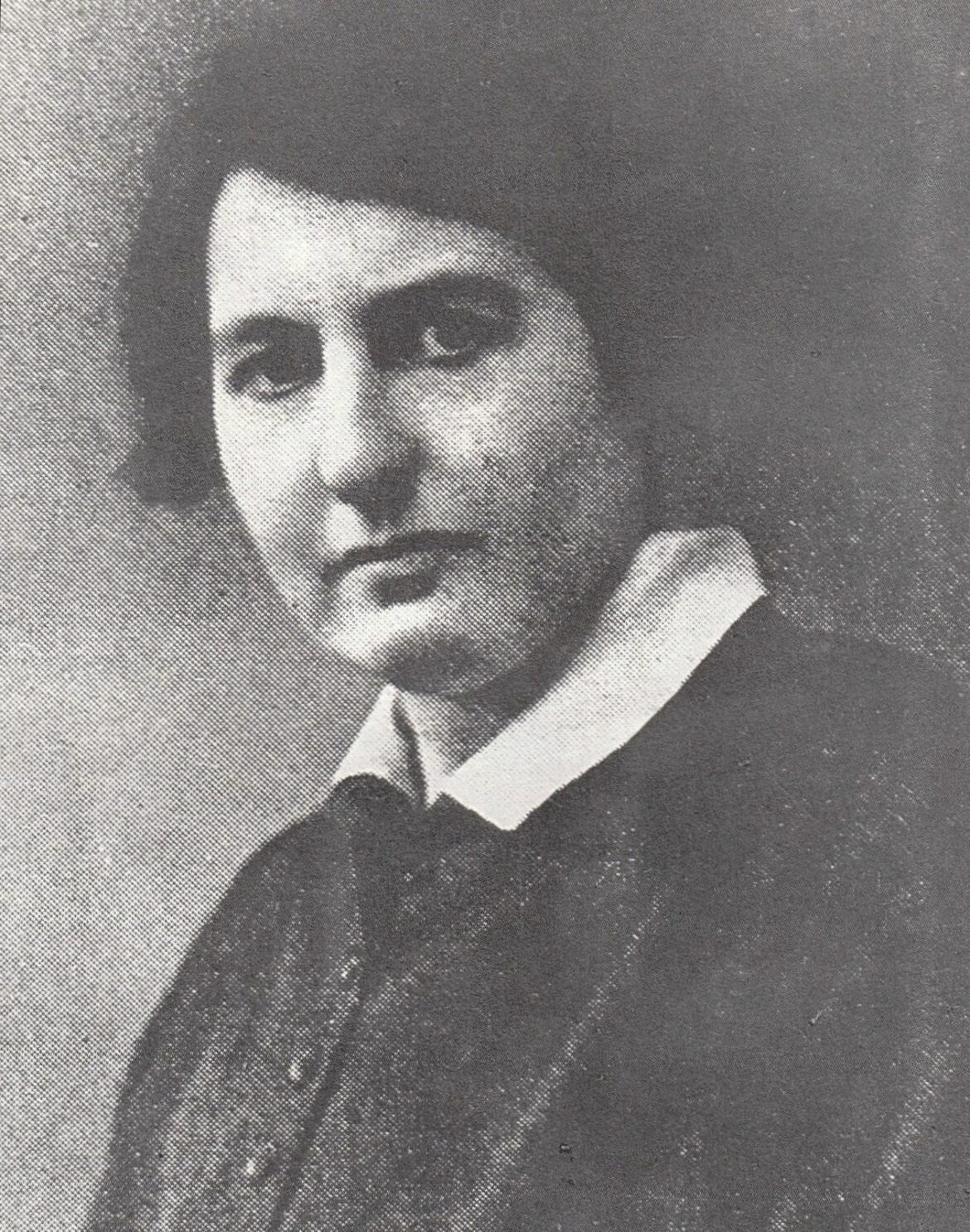Janusz Korczak and Stefania Wilczyńska had two things in common – they were committed to taking care of as many Jewish orphans as possible in Warsaw, both in the interwar period and even more eagerly during the German occupation. They also both died together with their protégés in the Treblinka extermination camp. During the deportation of the children from the Jewish orphanage in the Warsaw Ghetto, Stefania made sure that they took sandwiches with them for that journey….
Stefania was born in Warsaw to a wealthy Jewish family. Her father, Julian, was a merchant. After graduating from Jadwiga Sikorska’s boarding school, she went to study natural sciences in Geneva and Liége but did not complete her studies. When she returned to Warsaw in 1909 with a “half-diploma”, she decided to take care of Jewish children. She started working in a shelter located on Franciszkańska Street. The institution was run by the Society for Aid to Orphans, attended also by Janusz Korczak. They met at a poetry evening for children.
It soon turned out that Stefania had outstanding organisational skills, so when the Society succeeded in building a new home for orphans at 92 Krochmalna Street, she became its manager. Thanks to her commitment and ingenuity, it was possible to introduce an on-call system, which at the time was a novelty in the activities of this type of institution.
During the inter-war period, Stefania visited Palestine four times. Her frequent trips led her to make plans to stay there permanently. She was probably attracted by the challenges that awaited Jewish emigrants in Palestine. They were related to the organisation of life in the Middle East that was difficult for Eastern European Jews to cope with.
In 1937, she started working at Centos (Central Office of Jewish Societies for the Care of Orphans and Abandoned Children), which involved leaving the Krochmalna orphanage. There, she acted as a clerk in the pedagogical counselling centre for some 200 boarding schools located in the Second Polish Republic.
When the Second World War broke out, Stefania was in Warsaw. After the Germans created the ghetto, she once again took care of the children at the House for Orphans, which was located first at 33 Chłodna Street and then at the dual address of Sienna/Śliska Streets. She remained with her pupils until the very end, accompanying them in August 1942 on their way to Umschlagplatz and the gas chambers of Treblinka.





